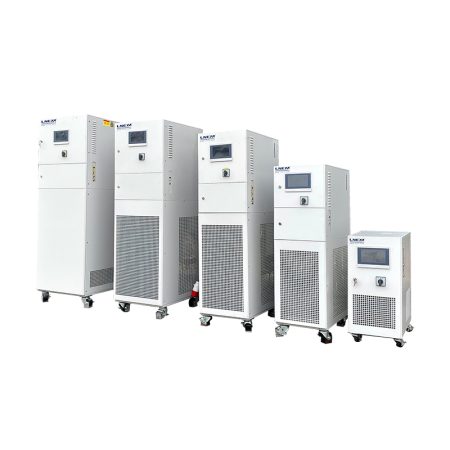Los contenedores de sistemas de almacenamiento en batería se utilizan cada vez más para almacenar energía renovable generada por la eólica y la solar. Estos contenedores pueden almacenar la energía generada durante los periodos punta y liberarla cuando sea necesario, lo que hace que la energía renovable sea más fiable y estable.
However, one of the main challenges of battery storage system containers is managing the heat generated by the batteries during charging and discharging. If the temperature of the battery exceeds a certain limit, it will shorten the life of the battery and even cause a fire hazard.

This is where liquid cooling technology comes in. By using a liquid cooling system to manage the heat generated by the batteries, battery storage containers can operate more efficiently and safely. The following are some advantages of liquid cooling technology for battery energy storage system containers:
Extended battery life: By using a liquid cooling system, the battery can be kept at a more stable and cooler temperature, extending battery life and reducing the risk of failure.
Higher efficiency: When batteries are kept cooler, they can operate more efficiently, resulting in greater energy output and lower costs.
Increased Safety: Liquid cooling systems prevent thermal runaway and reduce the risk of fire, making people and property safer.
Greater flexibility: Liquid cooling systems can provide special needs for specific applications, allowing for more flexibility and customization.
In general, liquid cooling technology is an important advancement in the field of energy storage, which can allow battery energy storage system containers to operate more efficiently and safely, and realize their full potential to store renewable energy.
 LNEYA
LNEYA
 简体中文
简体中文


















































































